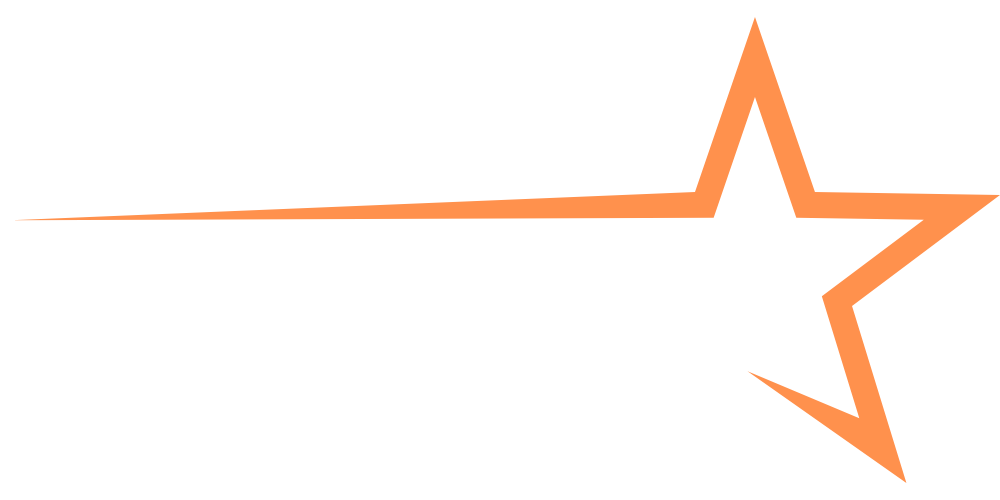@ 2024 Finanboost. All rights reserved
Leveraged Buyout (LBO) Model
Leveraged Buyout (LBO) Model
In this tutorial we will provide you with detailed instructions on how to use WordPress to create and manage your site. WordPress can be used for both simple and complex websites. In our WordPress tutorial we have tried to cover all the basics and few advanced topics.
Overview
Curriculum
Reviews
???? Course Description
This course provides a comprehensive and hands-on approach to understanding Leveraged Buyout (LBO) Modeling. Participants will learn how private equity firms structure LBO deals, evaluate investment opportunities, and build robust financial models from scratch.
The course takes learners from fundamental LBO concepts to advanced modeling techniques, covering capital structures, valuation methodologies, financing inputs, and transaction execution. Through interactive exercises, real-world case studies, and best practices, participants will develop the expertise required to analyze, structure, and execute successful LBO transactions.
???? Target Audience
This course is perfect for:
✔️ Finance professionals in private equity, investment banking, M&A, and corporate finance
✔️ MBA students and graduates looking to strengthen financial modeling skills
✔️ Analysts and associates seeking hands-on experience in LBO modeling
✔️ Entrepreneurs and executives interested in buyout strategies and deal structuring
✔️ Anyone with a basic finance background eager to explore LBO transactions
???? Basic knowledge of financial statements, valuation methods, and Microsoft Excel is recommended.
???? Course Structure
This course is divided into three sections, with each section containing three in-depth lessons, moving from foundational concepts to expert-level modeling.
???? Section 1: Foundations of LBOs & Deal Analysis
✅ Lesson 1: Understanding Leveraged Buyouts
- What is an LBO?
- The role of leverage and debt in buyout deals
- Key players: Private Equity Firms, Lenders, Target Companies
- Real-life LBO examples and case studies
✅ Lesson 2: Key Characteristics of LBO Targets
- What makes a company a strong LBO candidate?
- Financial stability, cash flow predictability, and margin sustainability
- Strategic vs. financial buyers – understanding investment approaches
- Risk factors in LBO transactions
✅ Lesson 3: LBO Valuation & Deal Economics
- Enterprise Value vs. Equity Value in an LBO
- EBITDA multiples and other key valuation methods
- Normalized EBITDA adjustments and Quality of Earnings
- Key financial metrics: Leverage ratios, Interest Coverage, IRR analysis
???? Section 2: LBO Model Construction & Financial Structuring
✅ Lesson 4: Structuring the Deal – Sources & Uses of Funds
- Sources & Uses Table: Understanding how deals are financed
- Determining the purchase price and capital structure
- Debt vs. Equity financing: Senior Debt, Mezzanine, and Equity contributions
- Loan assumptions: Interest rates, repayment terms, and covenants
✅ Lesson 5: Key Inputs & Model Drivers
- Identifying revenue growth, cost structures, and working capital drivers
- Sensitivity analysis: Best case, base case, and downside scenarios
- The impact of interest rates (fixed vs. floating) in LBO financing
- Changes in capital structure over the investment horizon
✅ Lesson 6: Financial Model Development
- Building financial statements: Income Statement, Cash Flow, and Debt Schedules
- Operational Schedules: Revenue projections, cost structure, working capital
- Depreciation, capital expenditures, and tax considerations
- Handling circular references and Excel modeling best practices
???? Section 3: Capital Structure, Exit Strategies & Investment Returns
✅ Lesson 7: Capital Structure Breakdown – Equity & Debt
- Equity Structure: Preferred Equity vs. Common Equity
- Senior Debt:
- Revolver (Revolving Credit Line)
- Term Loans (A, B, C)
- Subordinated Debt:
- High-Yield Bonds
- Mezzanine Financing (With & Without Warrants)
- PIK (Payment-in-Kind) Notes
✅ Lesson 8: Exit Strategies & Return Calculations
- Common exit strategies: IPO, Secondary Buyout, Strategic Sale
- Calculating IRR (Internal Rate of Return) & MOIC (Multiple on Invested Capital)
- Understanding Debt Paydown & Leverage Metrics (Debt/EBITDA, Interest Coverage)
- Leveraged Recapitalizations & Dividend Recaps
✅ Lesson 9: Final Project – Full LBO Model & Investment Analysis
- Building a full-scale LBO model from scratch
- Presenting an investment recommendation based on financial outputs
- Certification Exam: Assessing LBO modeling proficiency
- Career Applications: How to leverage LBO skills in finance roles
???? Duration
⏳ Total Course Length: 8–12 hours (Self-Paced or Instructor-Led)
✔️ Video Lectures (3–4 hours)
✔️ Hands-on LBO Modeling Exercises (4–5 hours)
✔️ Case Studies & Real-World Applications (2–3 hours)
✔️ Final Project & Certification Exam
???? Course Materials:
- Downloadable Excel LBO model templates
- Interactive quizzes & real-world assignments
- Comprehensive financial modeling guides
???? Course Objectives
By the end of this course, participants will be able to:
???? Define a Leveraged Buyout (LBO) and explain its key components
???? Analyze the capital structure of an LBO transaction, including different types of financing
???? Identify strong LBO candidates based on financial stability and market positioning
???? Explain the characteristics and priority of each debt and equity instrument in the capital stack
???? Perform LBO valuation using EBITDA multiples and key financial metrics
???? Construct a fully dynamic LBO model, including financial statements, debt schedules, and return calculations
???? Evaluate different LBO exit strategies and calculate investor returns (IRR, MOIC)
???? Apply advanced Excel financial modeling techniques to real-world buyout transactions
- 4 Sections
- 9 Lessons
- 4 Weeks
Expand all sectionsCollapse all sections
- Section 1: Foundations of LBOs & Deal Analysis3
- Section 2: LBO Model Construction & Financial Structuring3
- Section 3: Capital Structure, Exit Strategies & Investment Returns3
- Section 4: Assessments1
You might be intersted in
Boost your carrier in
Whether you’re looking for career direction or want to accelerate your path into leading financial institutions, our simulation programs help you explore roles in Accounting, Valuation, Fianacial Analysis, Capital market …
Are you Student, Young professional, University or Corporate, and interested with our simulation programs?
Company
Features
Contacts
- Address: Luxembourg
- Phone: +352 691 399 823
- Email: info@finanboost.com
Contacts
- Address: Luxembourg
- Phone: +352 691 399 823
- Email: Support@finanboost.com









